Treatment Options
There is currently no treatment for Galactosialidosis. Like many other inherited metabolic disorders both therapies and drug repurposing are being actively considered.
Galactosialidosis Network has been engaging with clinicians and researchers around the world to find out about opportunities and which therapies are in the pipeline. These are listed below with very high level information on the risks, benefits and feasibility of each option.
It is worth noting that Galactosialidosis presents differently for each patient; whilst there are commonalities in terms of symptoms and diagnosis, the risks and benefits of therapy options will depend on the individual patient.
As such the information provided below is a starting point for discussion and should not be taken as a guide as to the suitability or otherwise of any therapies for any individual case/patient.
Bone Marrow or Cord Blood Transplant
What is it?
This is when a bone marrow or cord blood transplant is used to replace damaged blood cells with healthy ones. See here for more information: Stem cell transplant – NHS (www.nhs.uk)
What do we know?
Bone Marrow or Cord Blood Transplant are both cited by clinicians and researchers as having the potential to provide positive outcomes for the patients and both procedures are well established by medical professionals. Cord Blood Transplant has been undertaken on one patient in China. This patient later died of Covid. Bone Marrow Transplant has also been used to treat an early infantile patient in Berlin when she was 3 months old. She is now 3 years old and showing good signs of deveopment.
There is currently view that BMT can be considered for Early Infantile patients but may be seen too risky for other types of galactosialidosis patients.

Drug Repurposing
What is it?
Drug repurposing identifies new uses for medicines that are outside of the scope of the existing licence for the medicine. This typically involves taking an existing medicine that already has a marketing authorisation or licence for human use for a particular condition, and then using it to treat another condition. Alternatively, a repurposed medicine may be used in a different dose, or form, than its original licence (for example an inhaled product, rather than a tablet).NHS England » Repurposing medicines in the NHS in England
What do we know?
Venglustat: Venglustat is a drug manufactured by Sanofi, which is currently being trialed with Gangliosidosis patients. It is possible that it could be effective on Galactosialidosis patients too but the results of the clinical trial are pending. The drug has the potential to stop the progression of Galactosialidosis. However the side effects are unknown and the clinical trial is ongoing, with results expected in 2025.
We are also looking at other drug repurposing options.

Enzyme Replacement Therapy
What is it?
Enzyme replacement therapy is typically used to replace a missing or deficient enzyme in a person with an inherited enzyme deficiency syndrome. The missing enzyme is replaced by infusions of an enzyme that is purified from human or animal tissue or blood or produced by novel recombinant techniques
https://www.ncbi.nlm.nih.gov/books/NBK548796/
What do we know?
The Enzyme Replacement Therapy process is burdensome on patients and has not yet been trialed on Galactosialidosis patients. If progressed it could be very effective and transgresses the Brain Blood Barrier.
JCR currently has ERT in their pipeline but it is currently in basic research phase.
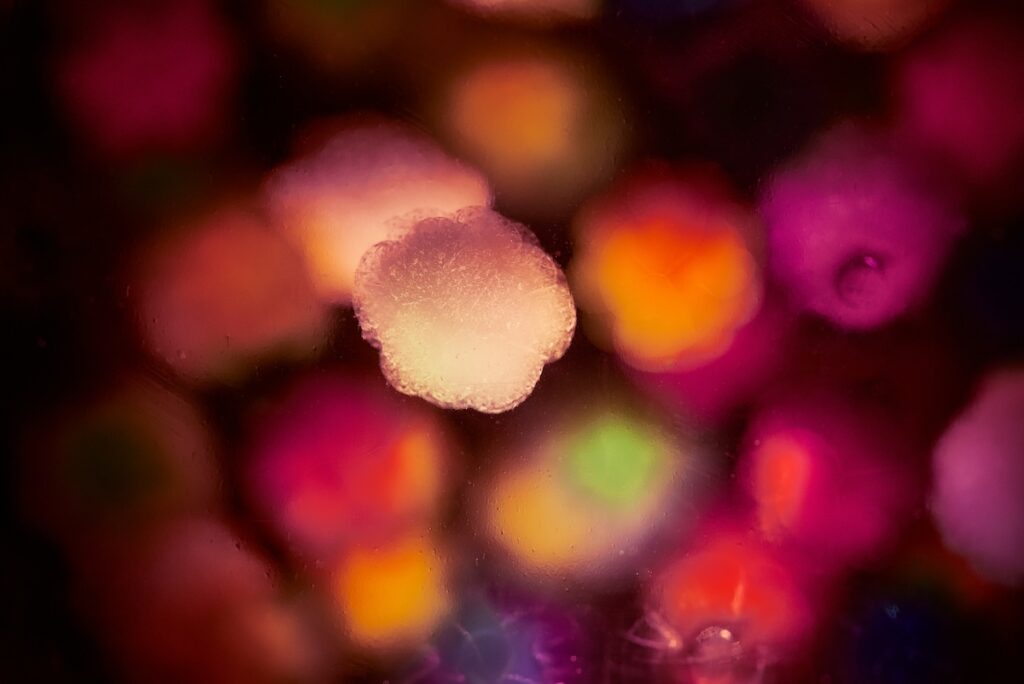
Gene Therapy
Gene therapy is a technique used in an effort to treat or prevent disease. When a gene mutation (a permanent alteration in the DNA sequence) causes a protein to be missing or faulty, gene therapy may be able to restore the normal function of that protein.
The goal of gene therapy is to change the course of disease by targeting its genetic cause.
Gene Therapy | Boston Children’s Hospital (childrenshospital.org)
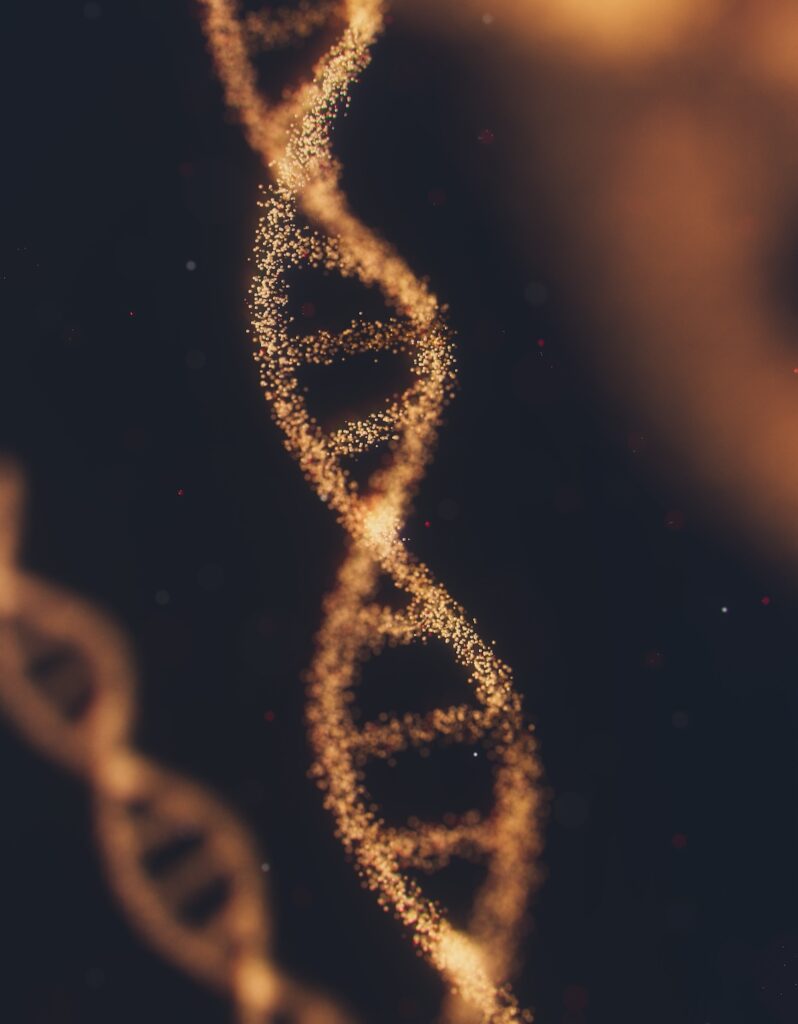
AAV8 gene therapy targeting the liver:
What is it?
Adeno-associated virus (AAV) is a versatile viral vector technology that can be engineered for very specific functionality in gene therapy applications
Adeno-Associated Virus (AAV) as a Vector for Gene Therapy.
What do we know?
A significant amount of work was undertaken on this particular therapy by Prof. Sandra D’azzo at St Judes Hospital over 10 years ago. Her work has led to a partnership with UMassChan and GOSH to develop AAV8 as a therapy for Galactosialidosis patients. There are significant studies undertaken and it is thought that the therapy could offer visceral correction at the very least. However, as with all gene therapies, there is a risk around the dose and toxicity. Work is being undertaken to secure appropriate approvals and funding. UMass Chan Medical School is currently leading on this.
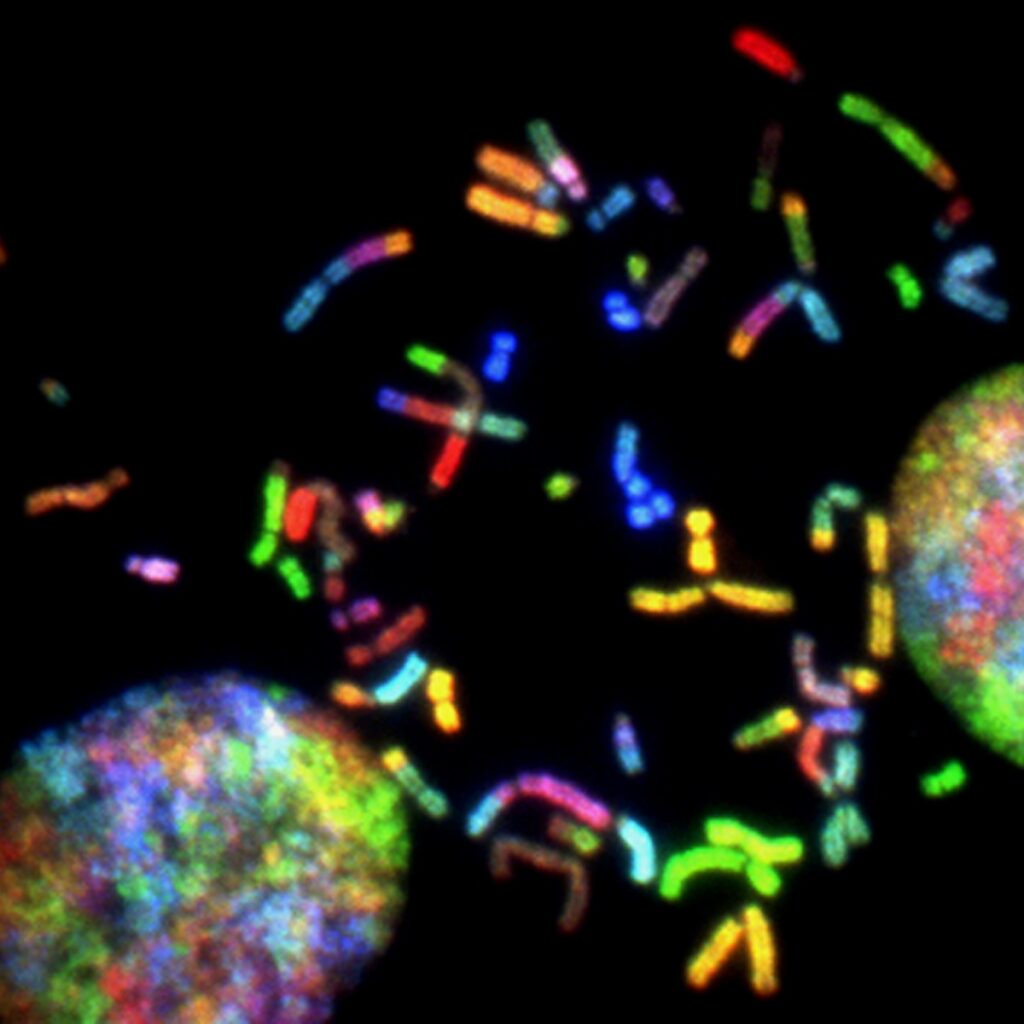
Tokushima University AAV9 gene therapy
What do we know?
This therapy option requires major investment, knowledge and contribution from other countries around the world.
Whilst the preclinical work is promising there is a risk that this option could provide less visceral correction and have more CND impact – as such it is potentially more appropriate for the juvenile Galactosialidosis patients.
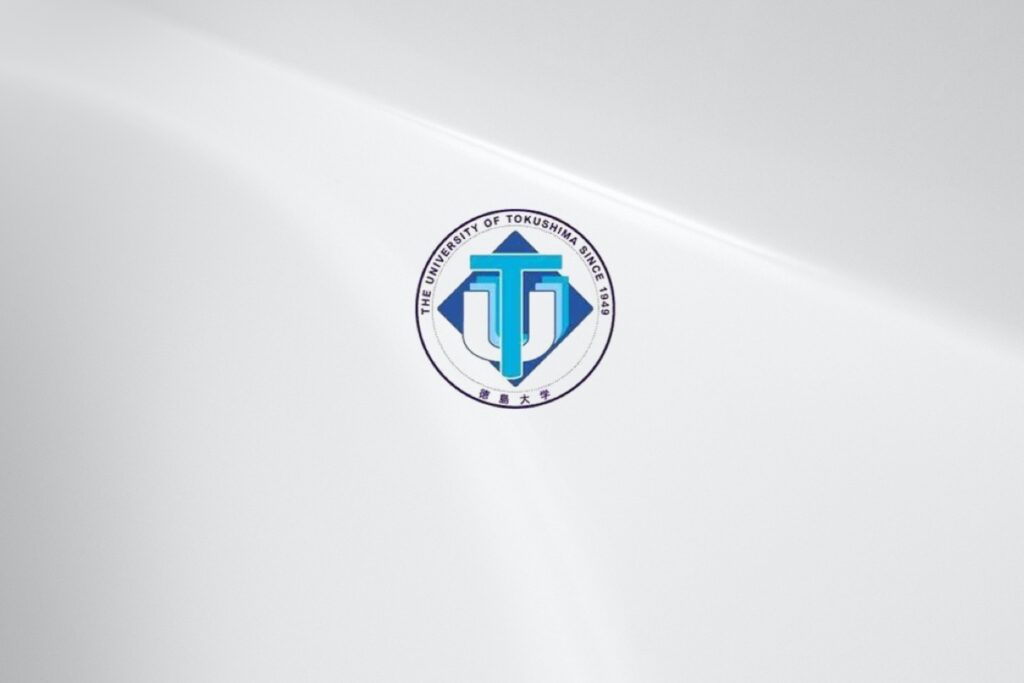
Lentiviral Gene Therapy
What do we know?
There has not been any work on this possible treatment and so any pursuing of this alternative would require major resources.
This (in theory) is potentially the most effective therapy option but will carry similar risks to general lentiviral therapies.
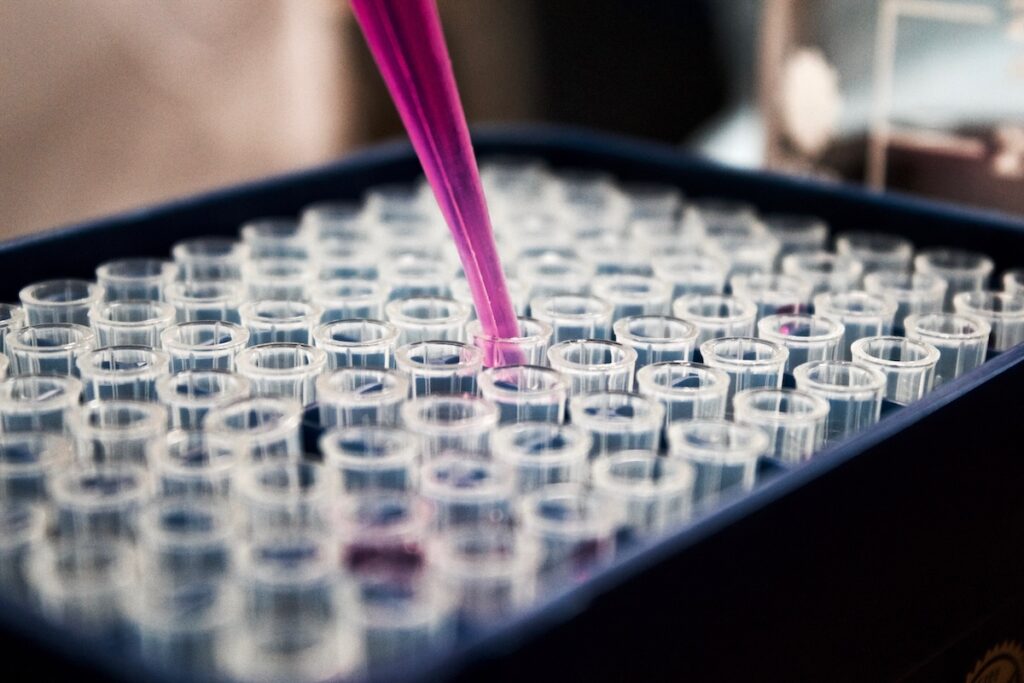
PPCA Vector for Alzheimers
What do we know?
Ultragenyx is working on a PPCA vector for Alzheimers which is still at early stages but could potentially help Galactosialidosis patients as well.
PPCA vector has the advantage of passing the Brain Blood Barriers but currently effectiveness and timeline of the treatment is unknown.
Emil Kakkis is the Chief Executive officer of Ultragenyx and an important advocate in the field of rare diseases.
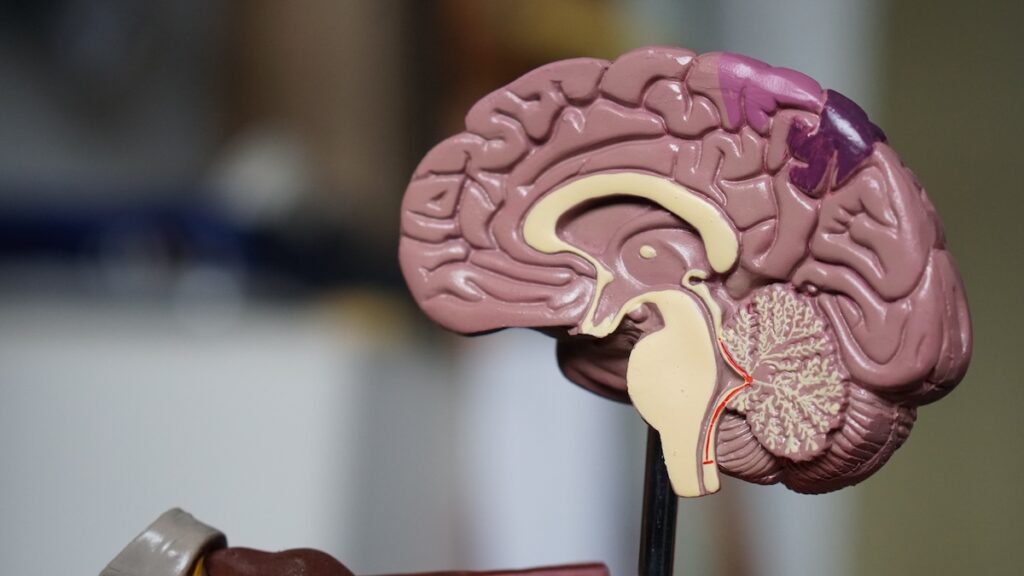
mRNA
What is it?
mRNA—or messenger RNA—is a molecule that contains the instructions or recipe that directs the cells to make a protein using its natural machinery.
mRNA Technology: What It Is and How It Works (pfizer.com)
What do we know?
The effectiveness is unknown for Galactosialidosis however there are some promising discussions and a few treatments for Lysosomal Storage Disorders in general.

| Therapy Option | Risks | Benefits | Feasibility |
| Bone Marrow Transplant (BNT) / Cord Blood Transplant | High mortality rate, one Cord Transplant done in China and patient died of COVID |
A successful BMT carried out in Germany. Promising results on mice
|
Good understanding of BMT, strong option for early infantile patient |
| Repurposing drugs | May not be effective across the whole body | If effective, increases enzyme levels | Dependent on funding but very feasible |
| Venglustat drug by Sanofi | Expected major side effects unknown | Could help reduce progression of disease | Trial data ongoing, will complete in 2025 |
| AAV8 gene therapy targeting the liver | CND impact not very clear. | Offers visceral correction at least and some CND benefit | Needs significant investment, £2.5m for 10 patient. Could be around £1m for several patients. |
| Enzyme Replacement Therapy (ERT) | Burden of ERT process of having it regularly | Passes BBB, could be very effective for CND and body | Early stage but JCR is working on it. |
| PPCA vector for Alzheimer’s could help Galactosialidosis | Effectiveness unknown | Passes BBB, could be very effective | Early stage but Ultragenyx is working on it. |
| Tokushima University (Japan) AAV 9 gene therapy | Less visceral correction, more CND impact and so more appropriate for Juvenile type of disease | Preclinical work is very promising, similar to Dr Sandra’s work on mice. | Requires major investment and knowledge input with various facilities needed from other nations |
| Lentiviral gene therapy | Similar risks with lentiviral gene therapy | Potentially the most effective therapy option for the disease | No work has yet been done and requires major resources. Prof Brian Bigger could take it forward if funding was found |
| mRNA Therapy | Effectiveness unknown for this disease | Promising discussions and treatment for LSD in general | Early stage which would require significant investment |
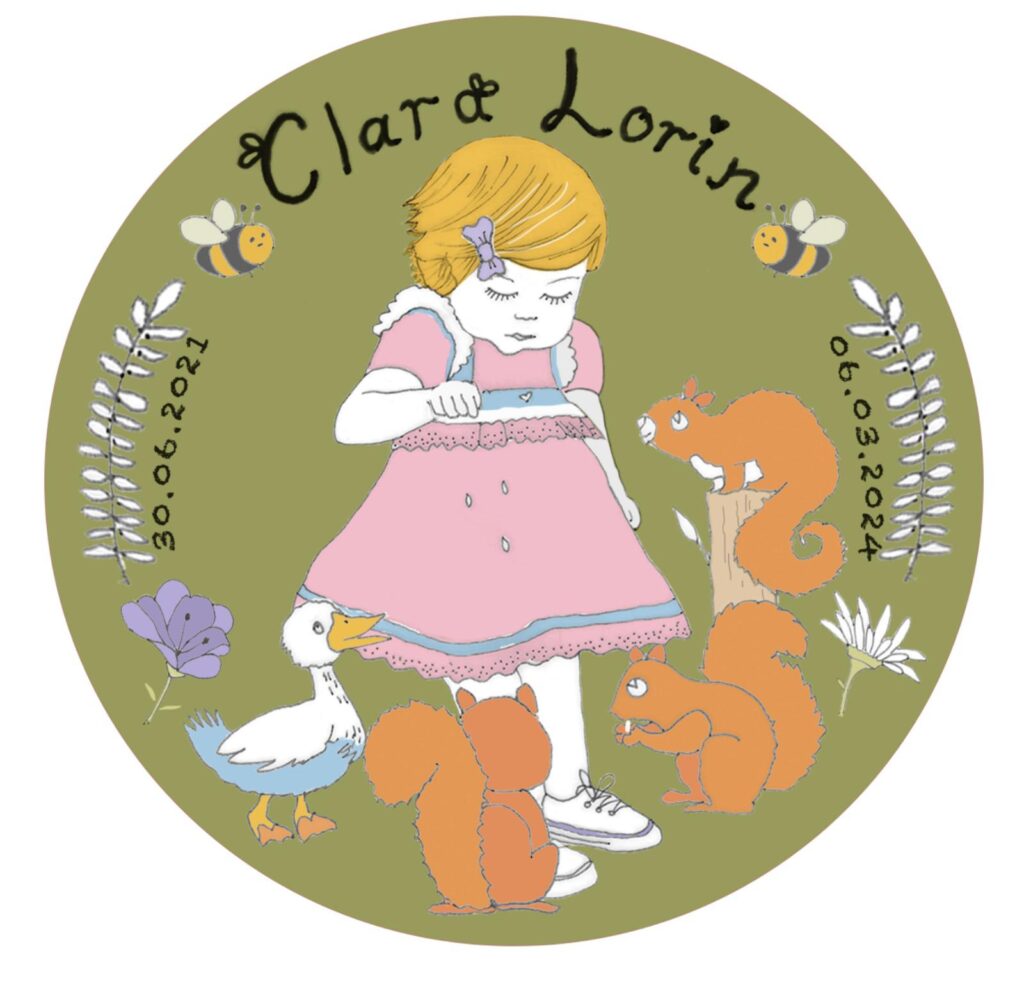
Get in touch
If you would like more info or would like to collaborate with us to help find a treatment, please contact us using the details below:
You can also join the ISMRD mailing list.
International Directory of Clinicians and Scientists with experience of galactosialidosis are cited here, if you are a patient, parent or professional with an interest in galactosialidosis you may want to get in touch.


